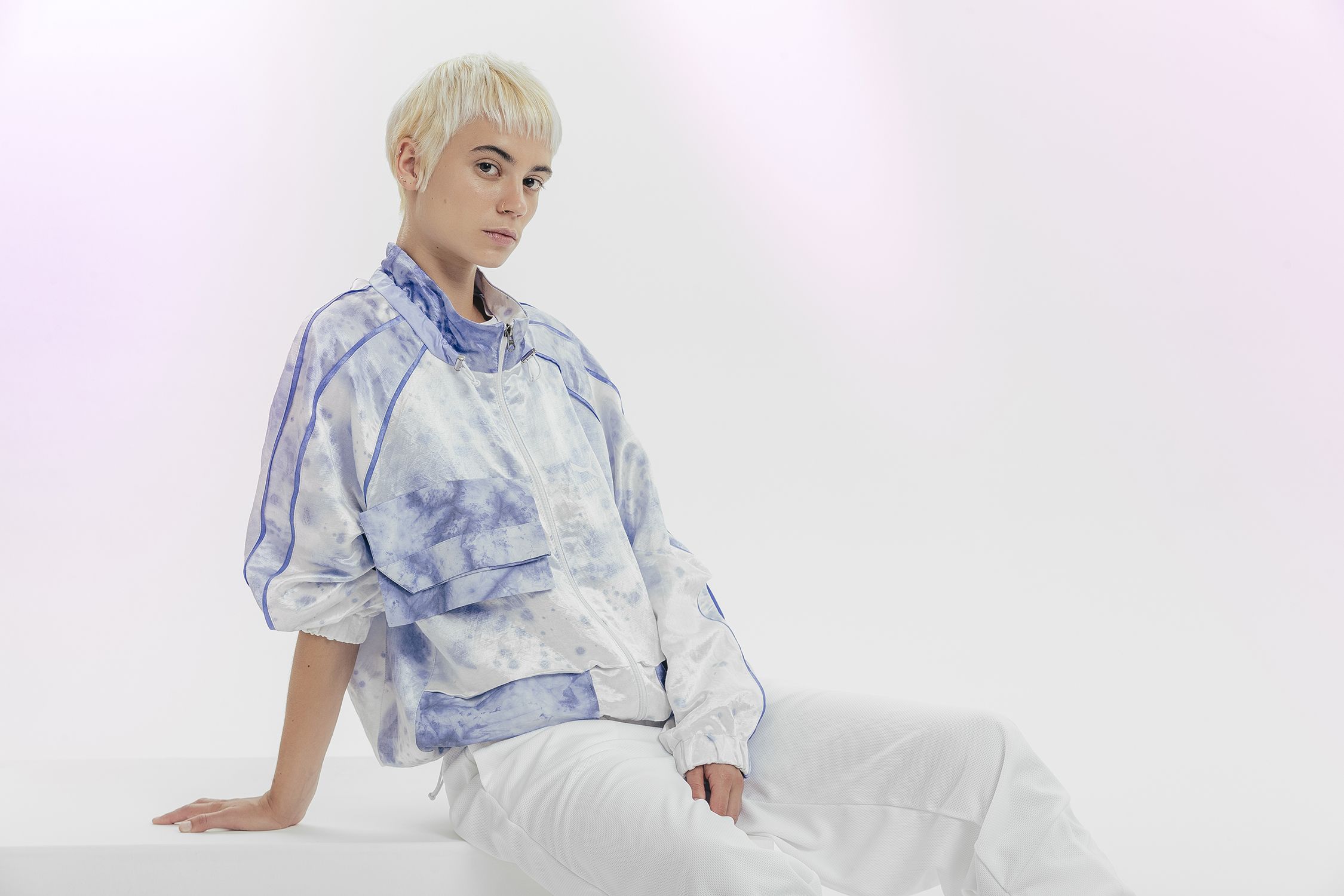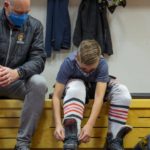Puma features a biodegradable lifestyle and performance collection, named Design to Fade in collaboration with Living Colour and Streamateria
Sports company, Puma, is exploring sustainable alternatives for making and dyeing textiles in its latest biodesign project, which features a biodegradable lifestyle and performance collection.
This collection, named “Design to Fade”, was made in collaboration with Dutch project Living Colour and Swedish design studio Streamateria. Some of the products are dyed using bacteria, whilst others are made of degradable materials, which are made in closed loops and can be manufactured locally and at short notice.
“Our times require us to rethink not only what to create but also how we create,” said Romain Girard, Senior Head of Innovation at Puma. “With Design to Fade, we are working on a future, which focuses on sustainable production methods and recyclable materials.”
“Design to Fade” is Puma’s third biodesign project since 2016, in which the company is presenting new ways to reduce the environmental impact of fashion and sportswear. Though none of these projects has yet reached a commercial-stage, they are an important step towards making Puma more sustainable in the future.
Dutch design project Living Colour uses bacteria to dye textiles. The bacteria are fed with a nutrient which makes them produce a pigment, which can then be used to dye almost any kind of fibre.

Swedish design studio Streamateria makes fabrics in closed material loops, which become a source of raw material after they have been worn. This is made possible through a circular production chain with zero tolerance to waste. Streamateria materials are constructed out of a printed mesh-structure, which is coated with a bioplastic, creating a textile-like garment.



Average Rating